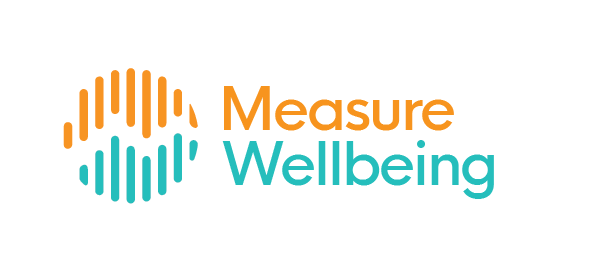Choosing wellbeing measures
Now that you’re clear about what you’re measuring and what you need to know, you can start to think about which measures you could use to show a change in wellbeing.
This section explains how to use our Wellbeing Measures Bank which brings together some tried and tested questions about wellbeing that might be useful for your evaluation.
What is the Wellbeing Measures Bank?
The Wellbeing Measures Bank is a searchable database of metrics and measures that can be used to assess changes in wellbeing in an evaluation. The measures have been widely tested and many are included in national surveys.
Overall wellbeing: these are measures that look at someone’s wellbeing overall and cover the different aspects of the concept. It includes important single measures, such as Life Satisfaction, which are used to assess wellbeing in research, policy and project evaluations. It also includes multiple-item scales, such as the Warwick and Edinburgh Mental Wellbeing Scale, which is intended to assess someone’s feelings and functioning with a series of questions.
These measures are part of how we assess our progress as a nation in wellbeing terms. That means the Office of National Statistics collects information about them and reports on them regularly. That’s helpful because if you use these measures you can benchmark your findings against a national or local picture.
Other measures in the bank:
How we feel: the measures in this section cover affective wellbeing. This means the measures look at the positive and negative emotions and feelings people have: for example, happiness or anxiety. This section also covers feelings about ourselves and our relationship to those around us, such as loneliness, self-esteem, belonging and trust.
These are good measures to use if you think that helping people change how they feel about themselves and others is important for changing their overall wellbeing.
What we do: this section of the bank covers ways to understand behaviour and activities that might affect wellbeing. This includes how well people function in their society, how involved they are with others, how well they are coping with life.
These are good measures to use to understand how people’s actions and feelings about their behaviour can improve their wellbeing.
Personal circumstances: this section looks at the aspects of people’s lives that might affect their wellbeing, and how they feel about them. This could include how people feel about their health, their personal finances, or the area they live in.
Almost any aspect of our personal circumstances could affect our wellbeing, but you may not know exactly which circumstances matter most to different people. We are used to looking at these aspects through objective measures (income levels, educational qualifications, etc.), but it’s important to know how different people feel about these subjectively. You may want to use these measures to track how people feel about certain aspects of their lives and how to help them feel more in control or positive about them.
 Recommended measures
Recommended measures
We also have a set of ‘Recommended Measures’. These are measures which are easy to use, widely adopted by researchers and in national surveys, and which have relatively easy data for benchmarking. You can find these using the filters in the Wellbeing Measures Bank.
What is included in the Wellbeing Measures Bank?
The Measures Bank brings together measures, tools and instruments that assess the subjective wellbeing of individuals who may take part in your activities. It does not include objective measures, or measures that look at the wellbeing of your staff and volunteers (unless they are also your beneficiaries).
It includes standalone questions, as well as Inventory measures and Indices where a number of questions need to be asked together as a set.
Each entry in the Measures Bank has information about:
- The development and robustness of the measure and any useful academic publications about it
- The organisation or individual who developed or owns the measure, and if it is freely available or if there is a cost to use it
- Any instructions that will help you use the measure, such as how to score or if there are thresholds to interpret the results
- For recommended measures: links to major datasets that collect information on the measure, which you can use to benchmark your results
How to select the right measures
The best way of using the Wellbeing Measures Bank is in conjunction with your Theory of Change. This means looking at what you are hoping to achieve with your activities – the ultimate aims – and then working back to your intermediary outcomes, outputs and inputs. You then need to assess which outcomes in your theory you are most interested in measuring, or which you think you are most likely to make a difference in.
For example, here’s a Theory of Change of volunteering and wellbeing, which sets out the steps that are involved in a volunteer’s journey towards wellbeing. Wellbeing can be reached by improving volunteers’ relationships, or their sense of purpose, or their skills – or sometimes all three.

If you wanted to measure your impact on volunteers’ wellbeing you might choose the Life Satisfaction measure as an overall assessment. But you may also want to see the different ways that life satisfaction is improved through volunteering with you. In that case you might want to also look at improvements to self-esteem or reduced loneliness.
The measures you choose will always be specific to your own project and your evaluation aims.
In this section you learned:
- What our Wellbeing Measures Bank is, what you can find in it, and how to navigate the contents
- How you can use your Theory of Change to choose the best measures for your evaluation.
What do you want to do next?
